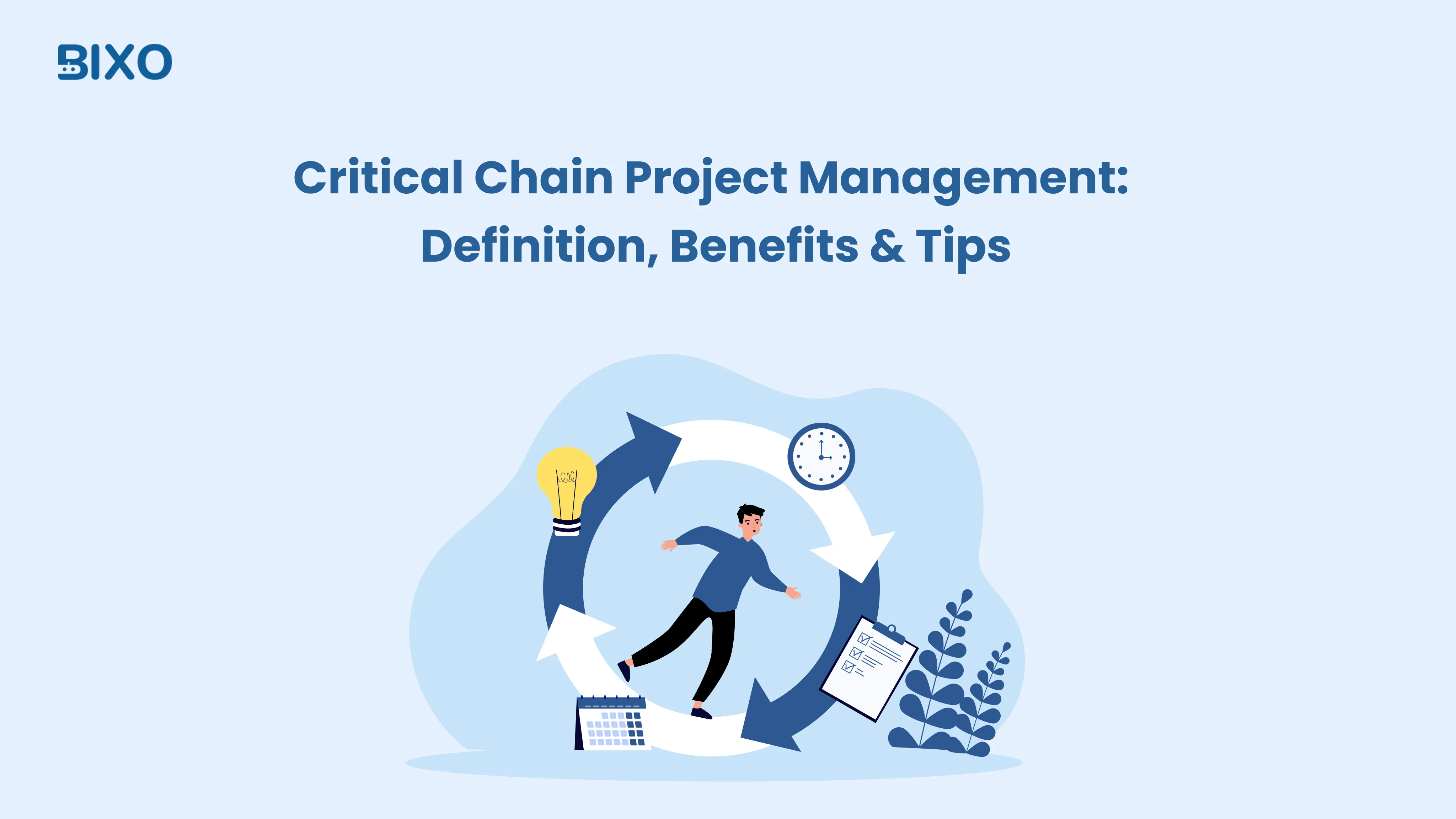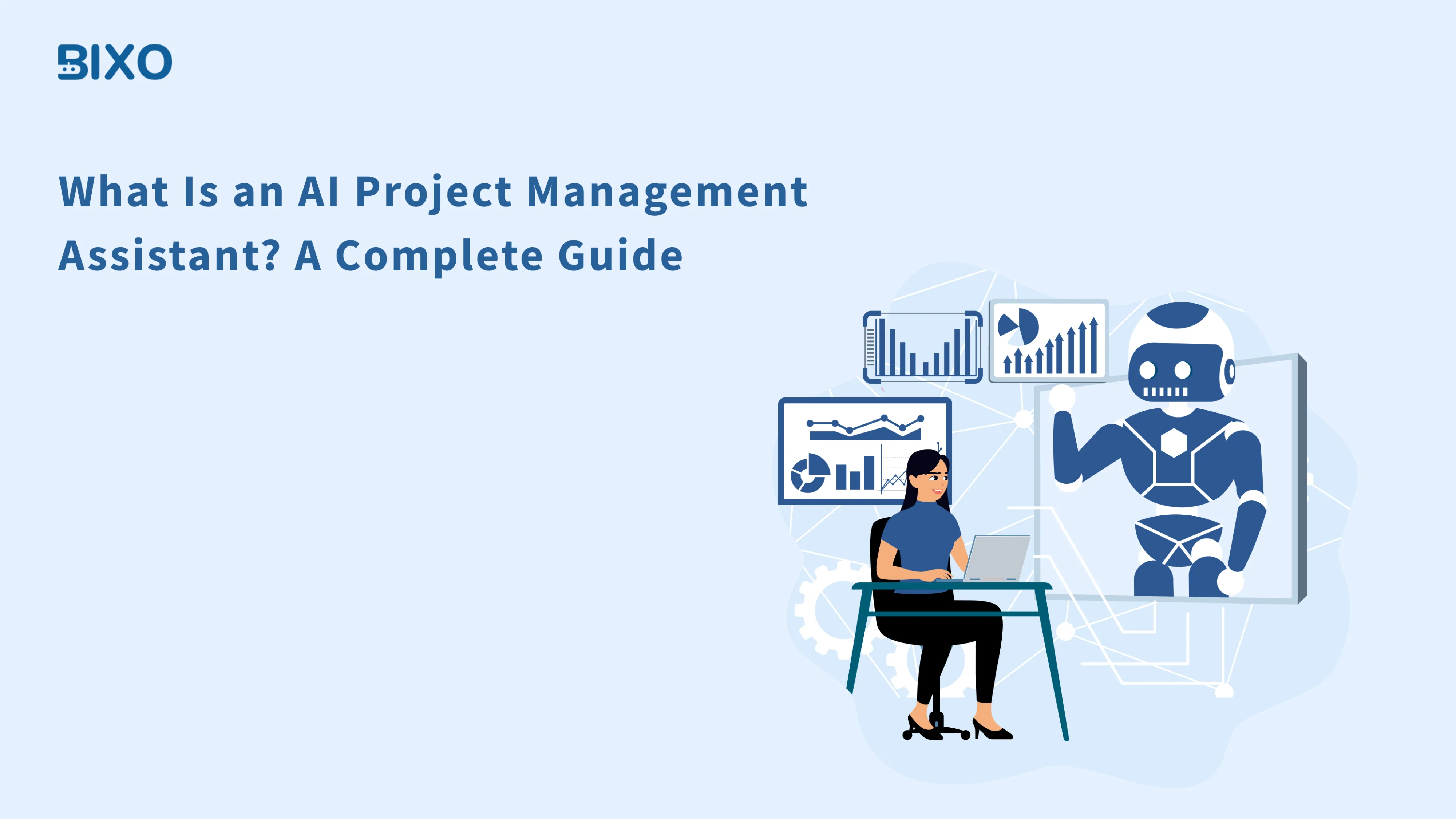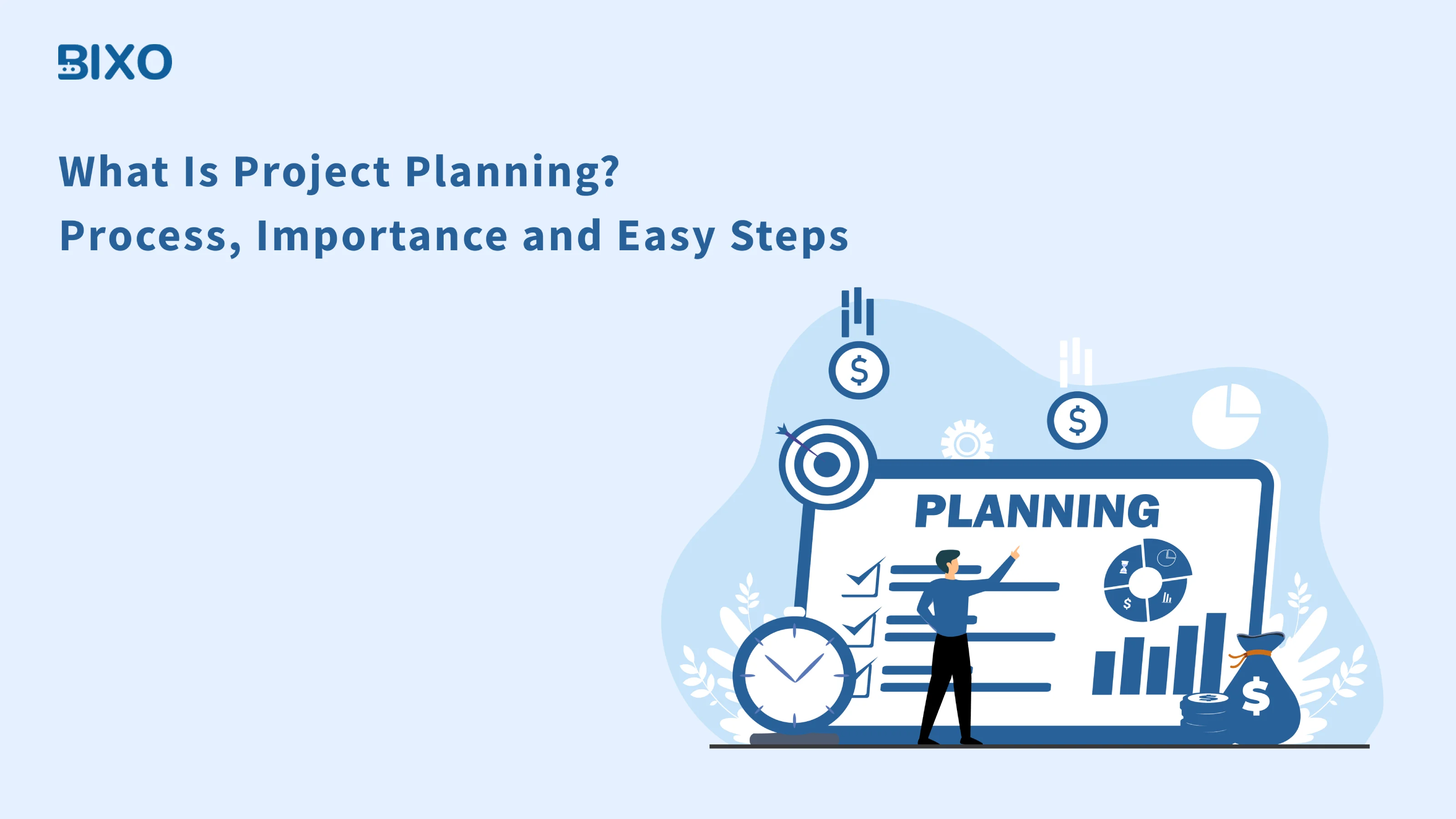
Table of Content
Focus on what matters. BIXO handles the rest!

Have you ever felt that your workday is messy because you could not find which task to do first? In this case, Project planning can help you. It is an easy way of organising your work and your team’s work to meet deadlines, and nothing important gets missed. Whether it is a simple project or a large one, having a clear plan helps everything run smoothly and avoids confusion. In this blog, you will get to know the easy project planning process, which works with any project, whether big or small. And you will also know about the actual project planning meaning and why it is important in your work. At the end, you will learn to plan better, be organised and confident in handling any task.
What Is Project Planning?
Project planning is an easy method of understanding what tasks should be done first, who is going to do the particular task, and when the task should be completed. It will help you clearly organise your work so that you won't miss something important.
A good plan also indicates the resources needed and the time you have to execute a particular task. This helps you to stay organised and not get confused. Project planning is simply creating a clear list and schedule of your project from start to finish.
What is the Importance of Project Planning for Success?
The importance of project planning is, it simplifies the work and makes everyone in the project stay more organised. It also allows you to save your time, makes a clear schedule of what you need to do, and prevents last-minute rushes. Proper planning will take your team on the right track, achieve the deadlines on the correct time, and improve the chances of a project succeeding.
Why is it important:
- Assists you in scheduling and organising your team.
- Helps you in time management and prevents delays.
- Reduces confusion and last-minute problems.
- Ensures that all people are aware of tasks and deadlines.
- Increases the chances of achieving project success.
What Are the Key Components of a Project Plan?
When starting a new project, everything is easier when you have a clear plan. It keeps you and your team focused, saves you time and prevents issues in the path. A project plan is not only about writing the set of tasks, but it also gives a clear direction in which you can lead your team and provide simple goals to achieve. By having an easy project planning process, things become less complicated, and everyone remains on the same page.
Here are the components that an effective project plan must have:

Project Scope
First, you need to be clear about what your project focuses on. This can make the decisions on what activities are involved in the project and what are not. When you know what is the scope of your project , then there is no second-guessing. The scope will manage the time and resources for your project, which is a main requirement of every smart project planning.
Objectives and Goals
Just imagine how you want your project to end up. What do you expect the outcome of the project to be? Establishing clear and easy goals at the beginning of the project ensures that everyone is aware of the target. This is one of the initial and most crucial steps in project planning.
Timeline and Schedule
After knowing what to do and what to achieve, the next thing is to plan when things are supposed to be done. A timeline will help you to organise and avoid a last-minute rush. This can be highly helpful in project planning in software project management, where some tasks are dependent on each other.
Resources and Budget
All projects require resources, which can be in the form of people, tools or money. Your plan must also include what resources are required and how much they will cost. By adding this component to your early project planning process, you can avoid unexpected problems.
Tasks and Deliverables
Divide the project into small, manageable tasks. Make decisions on who will do a particular task, and when the task should be completed. It makes the work clear, prevents confusion, and makes your team concentrate on what really matters.
Milestones
Milestones are the big moments that you are going to celebrate in your journey, like when you complete a big task or reach an important phase. The milestones indicate that you are progressing and help you in monitoring whether your actions in the project planning steps are on schedule.
Communication Plan
Lastly, ensure that your team is communicating with one another, like sharing updates in groups, etc. Effective communication prevents the creation of problems and keeps your project moving smoothly.
What Are the Benefits of Project Planning That Make Work Easier?
Proper planning of projects makes your work run smoothly, saves time, reduces mistakes, and helps you achieve better results. Project planning keeps your workflow organised and keeps your entire team on track throughout the process from start to end.
Here are the benefits of project planning to work better:

- Keeps Work Organised: You will never lose track of tasks, and you can clearly know what should be completed and when to complete it. So important tasks won't be missed.
- Manage Time Better:A good plan can help you determine how much time each task requires, set reasonable deadlines, and manage time better
- Reduces Confusion: When you have clear project planning steps, you will be able to notice the problem and resolve it quickly.
- Enhances Teamwork: When team members understand their roles and responsibilities, they can work together with smooth collaboration on the task.
- Increases the Success of Projects: Having a clear project plan makes it easier to finish projects within the time, under the budget and without any stress.
- Saves Resources: Planning the work means you will never end up wasting time, money and effort on unnecessary things.
How to Create a Project Plan Without Stress?
The project planning process occurs in several steps. Each step helps you to be organised and ensures that your project runs smoothly until its completion. By following the steps below, it is simpler to organise the task, prevent problems, and complete your project in the correct time.
Here is a brief overview of the main steps in planning any project:
Identifying Stakeholders
Begin with the list of all people who are connected with your project, whether it is your team or clients and customers, or any other people who are going to do the work. Being aware of who is involved helps you to plan better.
Define Roles and Responsibilities
After determining your stakeholders, it is time to clearly assign the role and responsibility of each person. Some people will handle more than one task. Make sure everyone is assigned equal work.
Bring Everyone Together
The most important thing is to have a comfortable meeting to discuss the entire picture of the project. Discuss the project scope , objectives, budget, schedules and what has to be achieved. This is the most effective way to ensure that everyone gets on the same page.
Set Your Project Goals
Define what you are going to achieve with the project. Identify every specific goal and decide the expected outcomes for the project. Specific project objectives enable your team to have common goals to achieve.
List and Prioritise Tasks
Make your large project into smaller tasks. Then, keep the tasks in a correct sequence depending on what is most important and what has to wait until other tasks are finished.
Build a Project Schedule
Make a small project schedule for your tasks. Set the start and end dates for each of the tasks, so you will be able to plan the progress of your work without any delay.
Promote Collaboration
Encourage your team to communicate and share updates. Good teamwork helps people to work faster and better. It keeps confusion away. When your team supports each other, work feels easier and more motivating; this builds trust and clarity between the members.
Find Risks Early with Smart Fixes
Identify the risk in advance that slows down your project. Take note of the risks and make easy tricks you can apply to solve the issues.
Keep Communication Clear
Choose the way you are going to give updates about the project, who should know about the project, and how frequently you will arrange the meetings. Making everyone informed about the project prevents confusion in the future.
Review and Adjust the Plan
When the project moves forward, make sure to keep checking your plan. When something goes wrong or deadlines are moved, change your plan according to the updates so you will be on track.
One Last Review
After you are done with your project, take time to review what went well and what did not go well. This will help you to learn from the experience, and you can plan your next project even better.
How AI Tools and Techniques Are Simplifying Project Planning?
The right tools can help you have a better project planning process. AI tools will assist in planning your tasks, following deadlines, and staying in touch with your entire team. No matter how large or small the team is or how complex the project, here are some of the best tools you can use to simplify your project planning:
BIXO
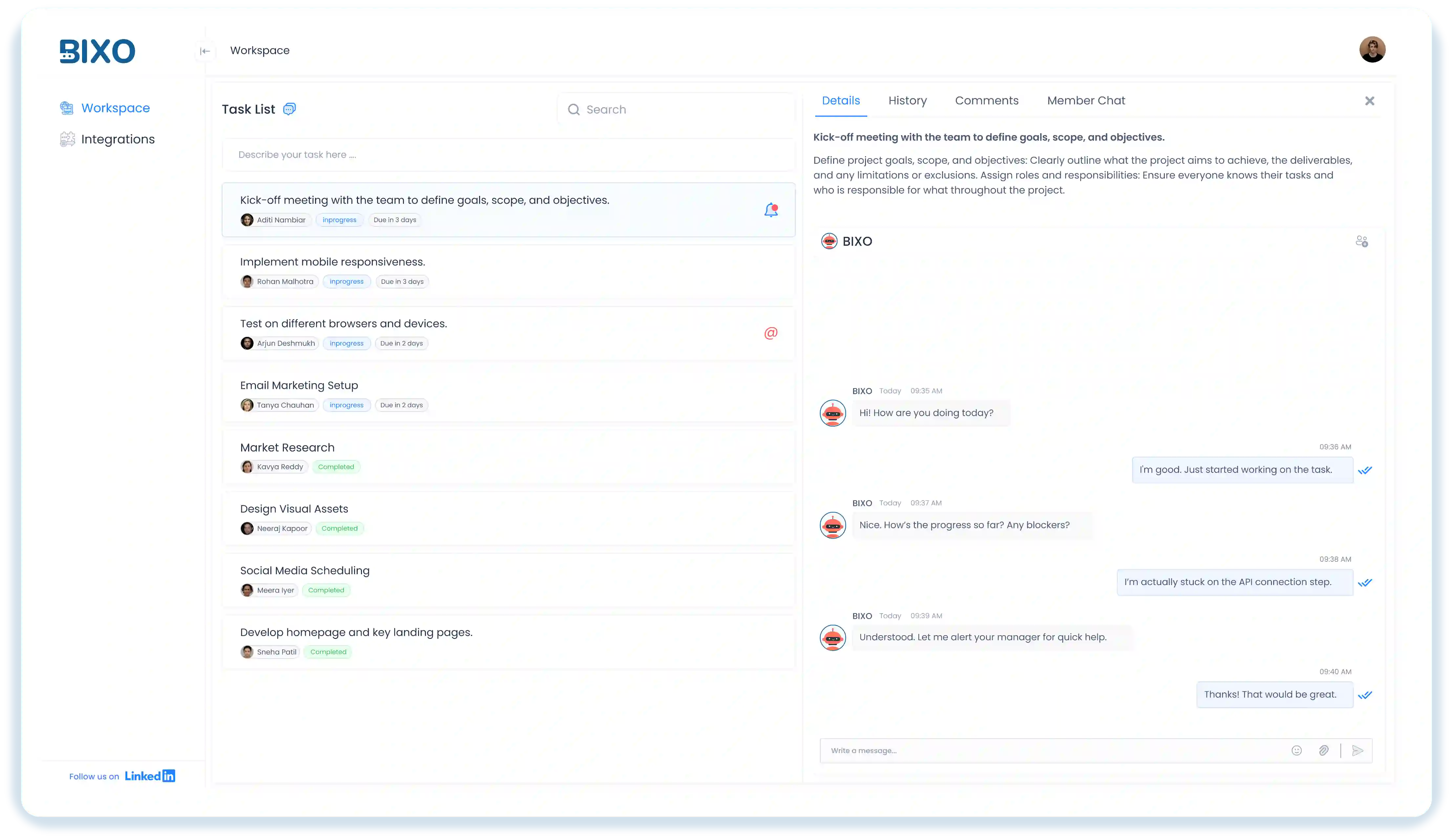
BIXO is an AI-powered tool that makes project planning easier and more efficient. It helps break projects into clear tasks, prioritise work, track progress, and identify possible delays before they become issues. With smart recommendations and automated scheduling, BIXO keeps teams aligned, reduces manual effort, and ensures the work is completed before the deadline. Handling routine planning tasks allows managers and teams to focus on strategy, collaboration, and delivering successful projects on time.
Asana
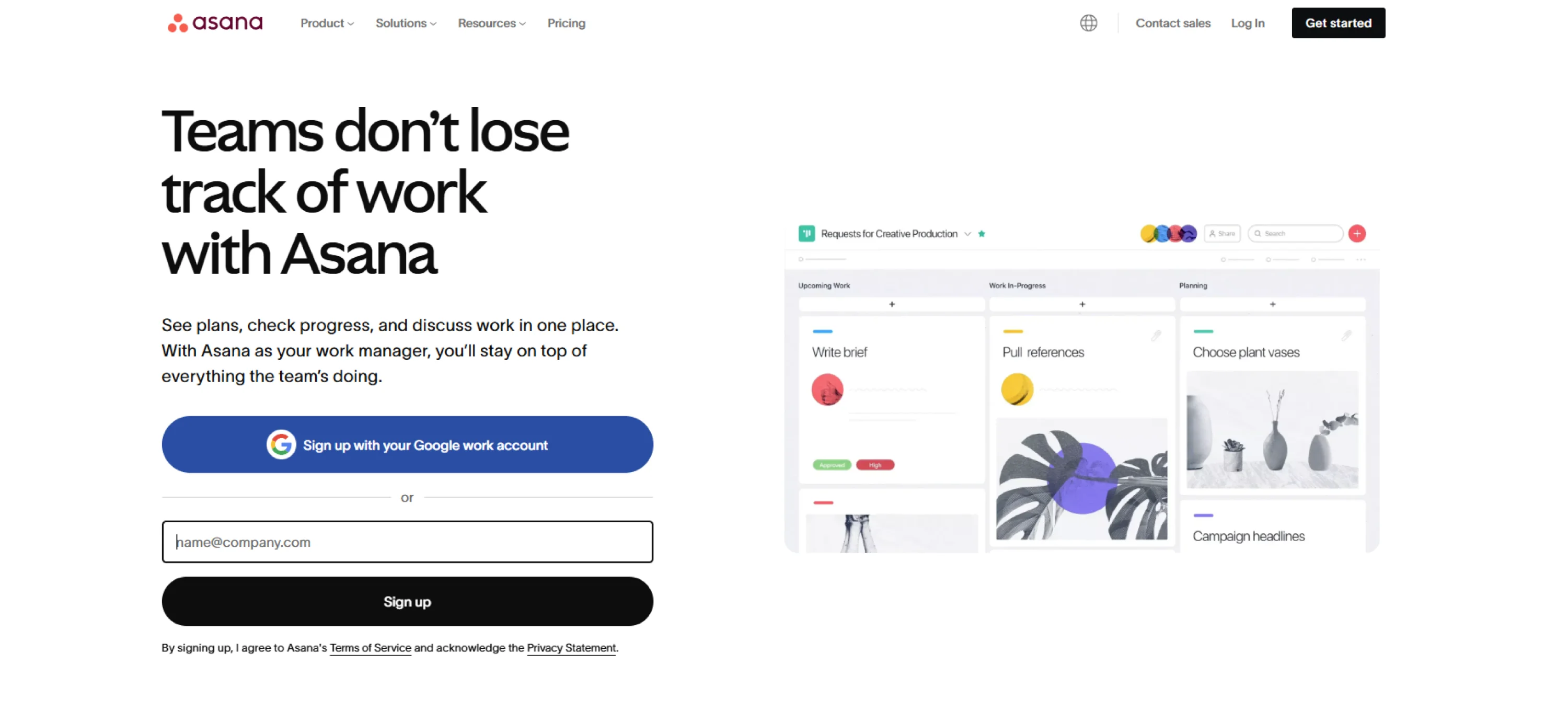
A popular software application that helps to manage projects easily and flexibly. Asana allows creating, connecting tasks with teammates and monitoring progress. It has an in-built calendar and task boards, allowing you to know what is next.
ClickUp
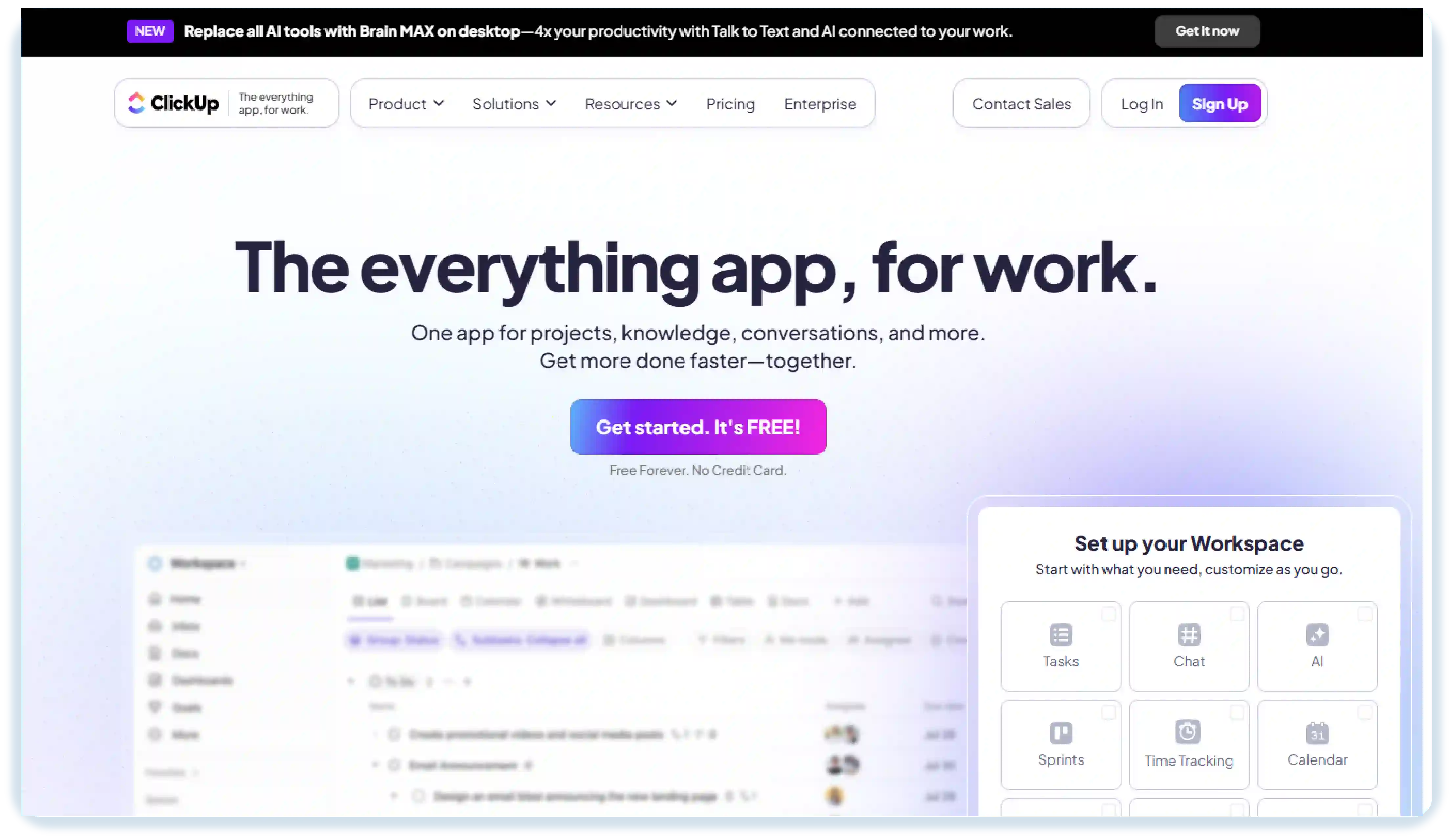
ClickUp is an excellent tool when handling everything in one place. It has features such as the automation of tasks, tracking of goals, and custom dashboards. It also connects well with apps such as Google Docs, Slack, and Trello.
Trello
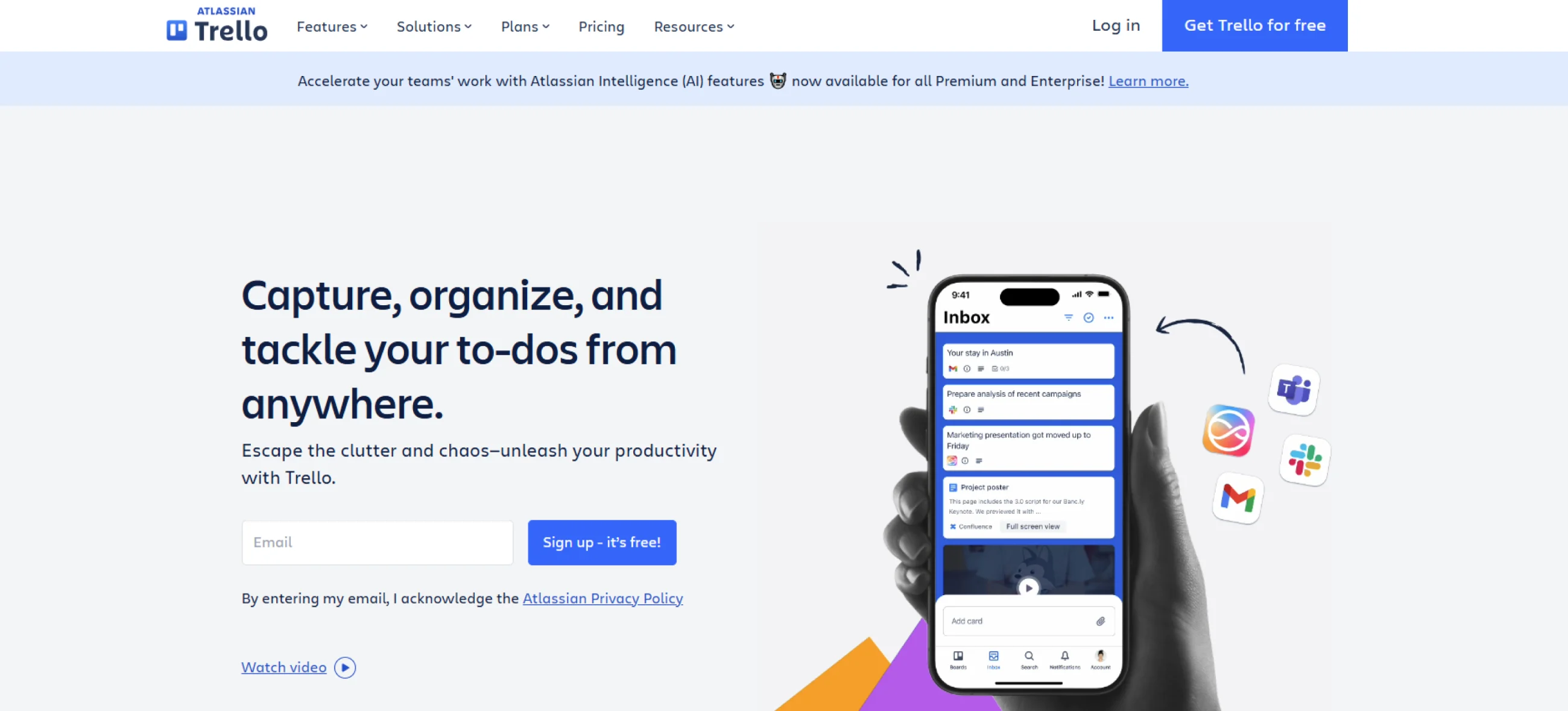
Trello allows you to visualise your work on cards and boards. It has been designed for the needs of small teams and planners. It is an easy way to drag and drop tasks between stages and keep your eyes on the cards that are completed and need to be worked on.
Wrike

Wrike is an all-in-one work management tool that includes time tracking, task automation, and workflow automation. It also integrates with many tools, such as Slack, Salesforce, as well as Google Calendar. Its customisable dashboards and real-time reporting help teams stay on top of projects, monitor progress, and speed up project delivery.
Hive
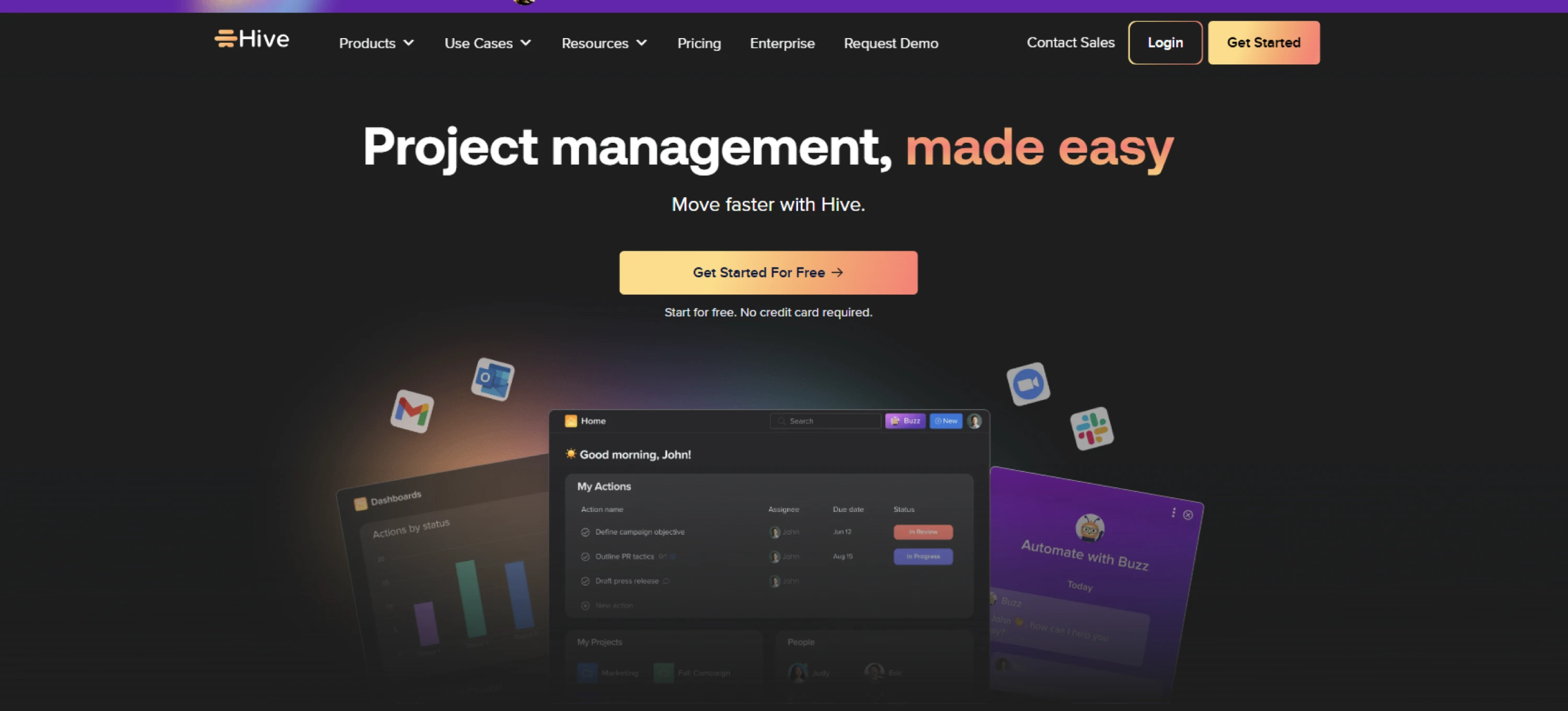
An easy-to-use, team-friendly platform that helps in managing tasks, tracking time, and reporting progress in real-time. Hive is also integrated with Slack, Google Drive and Jira. Its flexible project views and automation features make collaboration easy and help teams stay productive and aligned across all projects.
Conclusion
Effective project planning helps you organise tasks, manage time, and keep your team aligned, ensuring projects run smoothly and are completed before deadlines. Using AI-powered tools like BIXO simplifies planning, automates routine tasks, and allows your team to focus on collaboration and delivering successful results on time. With a clear plan, you can handle any project confidently and achieve better results.
FAQs
Definitely. With the use of AI tools such as BIXO, you can easily keep track of everything, notice the priorities, identify risks in time, and provide clear updates instead of doing it all manually.
It is perfectly normal. One good plan has flexibility. If any updates are there, you can change the time, shift tasks or reschedule priorities. The plan is just there to guide you, but you can always change as you go.
It is based on the size and complexity of your project. When it comes to minor projects, you are able to design a plan within a few hours. Larger projects may take days to design a plan in terms of team involvement, feedback and discussions.
AI tools like BIXO automate scheduling, detect risks, and track progress in real-time by making planning smoother and reducing manual effort.
Get a demo of BIXO
Recommended Blogs
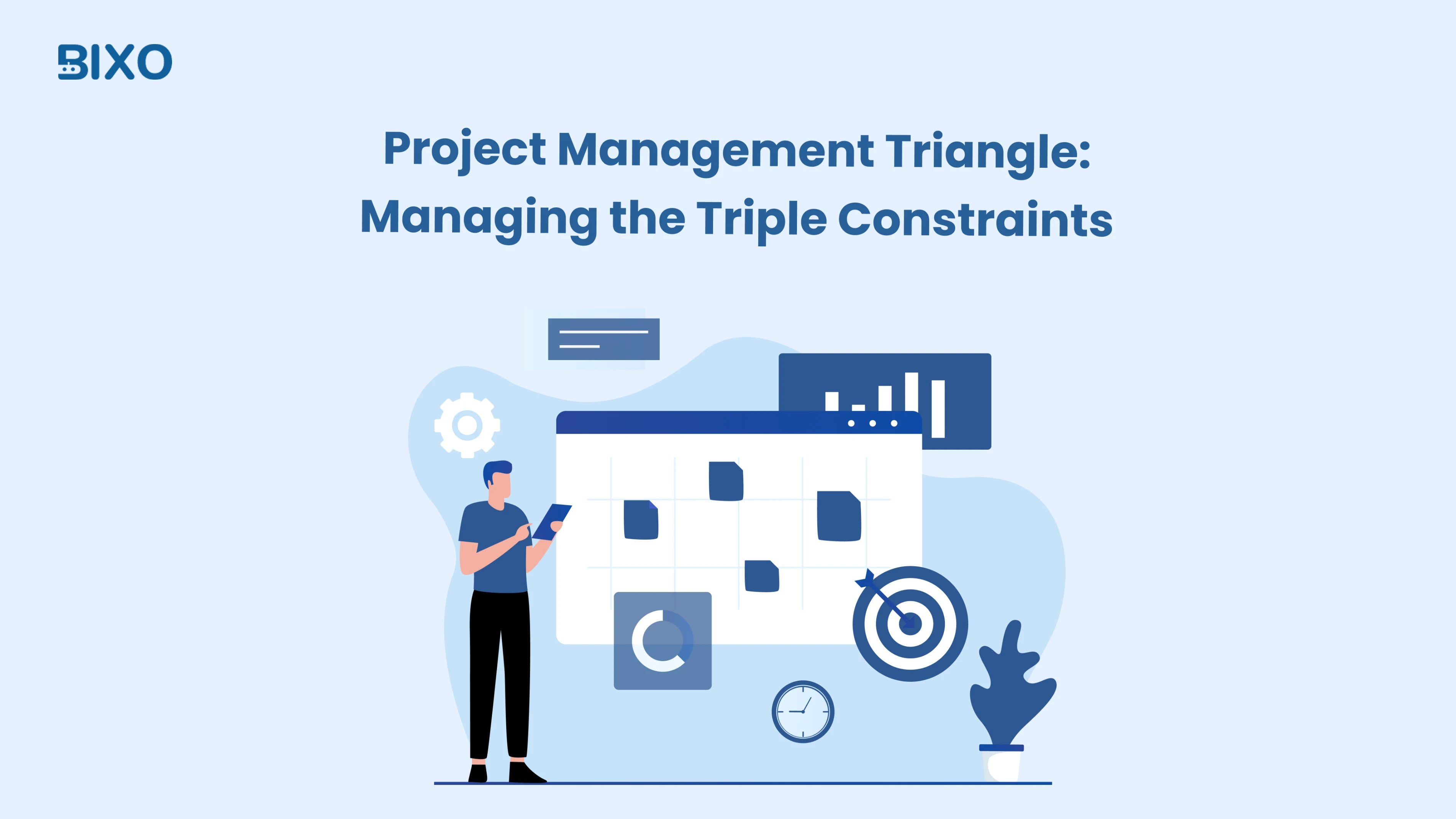
Project Management Triangle: Managing the Triple Constraints
Master the project management triangle by balancing scope, cost, and time with simple strategies that drive successful outcomes every time.
 Jahnavi Chintakrindhi |
Jahnavi Chintakrindhi |
 Oct 13, 2025
Oct 13, 2025

